The pandemic has forced businesses and individuals to adapt quickly to constantly changing rules and regulations. There are still many unknowns ahead, but there are some things small businesses can start to plan for – these include a number of developments set to impact payroll in 2021.
The Chancellor has just extended the furlough deadline as restrictions continue. And in April, off-payroll working rules will shift the responsibility for determining the tax status of contractors.
Here we help to explain what’s changing, and how small businesses can plan for these updates.
Furlough
The government’s furlough scheme was extended in the Chancellor’s latest budget, and will now last until the end of September – a welcome announcement for many firms. Despite this, support like furlough will come to an end eventually so businesses need to start thinking about the impact on their finances now.
In order to ensure your business is financially prepared to start paying your employees’ salaries again, it’s important to be regularly forecasting and assessing whether you’ll be generating enough revenue to accommodate these changes. Cloud payroll and accounting software can help provide real-time data and map cash flow projections so businesses can make the right decisions and plan for the impact of furlough ending.
It will also be important to communicate openly and honestly with your employees about what this may mean. For example, if their roles will remain the same as before or potentially be reduced or changed for the longer-term.
Off-payroll working
If you run your own business, are self-employed or are a freelancer, then you will likely have heard of off-payroll working, commonly referred to as IR35. It is legislation that allows HMRC to collect tax at source where a contractor is an employee in all but name. The legislation has been in place since 2000, but new changes are coming into effect on 6th April 2021.
This will mean that medium-to-large private sector firms, along with the public sector, will now take over responsibility for determining whether the contractors they hire should be taxed in the same way as permanent employees as off-payroll workers (inside IR35). Previously, this was down to the contractors themselves.
If you’re a contractor, it’s important to be proactive, and assess whether you fall inside or outside of IR35. If you’re an employer – carry out an audit of your current contractors to see where they fall. Once their position is established, make sure to communicate openly with them to avoid confusion. Digital tools can help you save time processing these changes – for example, by April we will have a solution available within Xero Payroll to process these new IR35 tax changes.
HMRC has just announced a ‘soft landing’ period for this new legislation. This means they won’t charge any penalties for the first 12 months – unless there’s evidence of deliberate non-compliance.
Accounting for new ways of working
Businesses are facing a rapidly changing environment, with many factors impacting employee payroll. As well as things like processing furlough, sick pay and factoring in new legislation like IR35, there is a shift towards more flexible working, job-shares and working in different locations or countries. These trends will only accelerate further in the future.
As the way we work continues to diversify, businesses need flexible payroll processes and technology to match. If you use cloud software like Xero Payroll, it can be set up to seamlessly process things like timesheets for shift workers, flexi furlough or different pay calendars to suit a more flexible working routine for specific workers – saving you time and reducing errors.
Using cloud accounting software can also help you to simplify compliance and reporting to HMRC, calculate tax, pension and leave for every employee, and will allow employees to view their payslips and request leave online – keeping everything in one place.
Visit our dedicated site for more resources, webinars and guidance to help your business recovery. You can also find out more about Xero Payroll by visiting our Payroll learning centre here.
Written by: Shay McCusker – Xero


